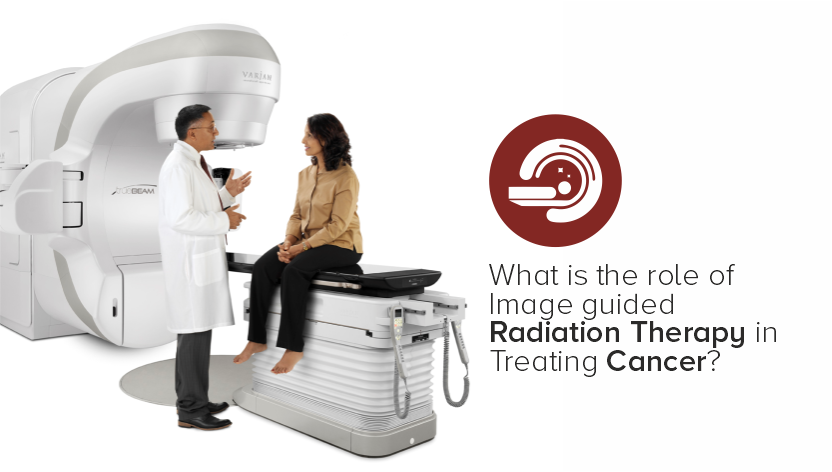Cancer treatment has seen remarkable advancements over the past few decades, with Image-Guided Radiation Therapy (IGRT) emerging as one of the most significant innovations. This technology has transformed radiation therapy, making it more precise and effective, which is critical for improving patient outcomes and reducing side effects.
